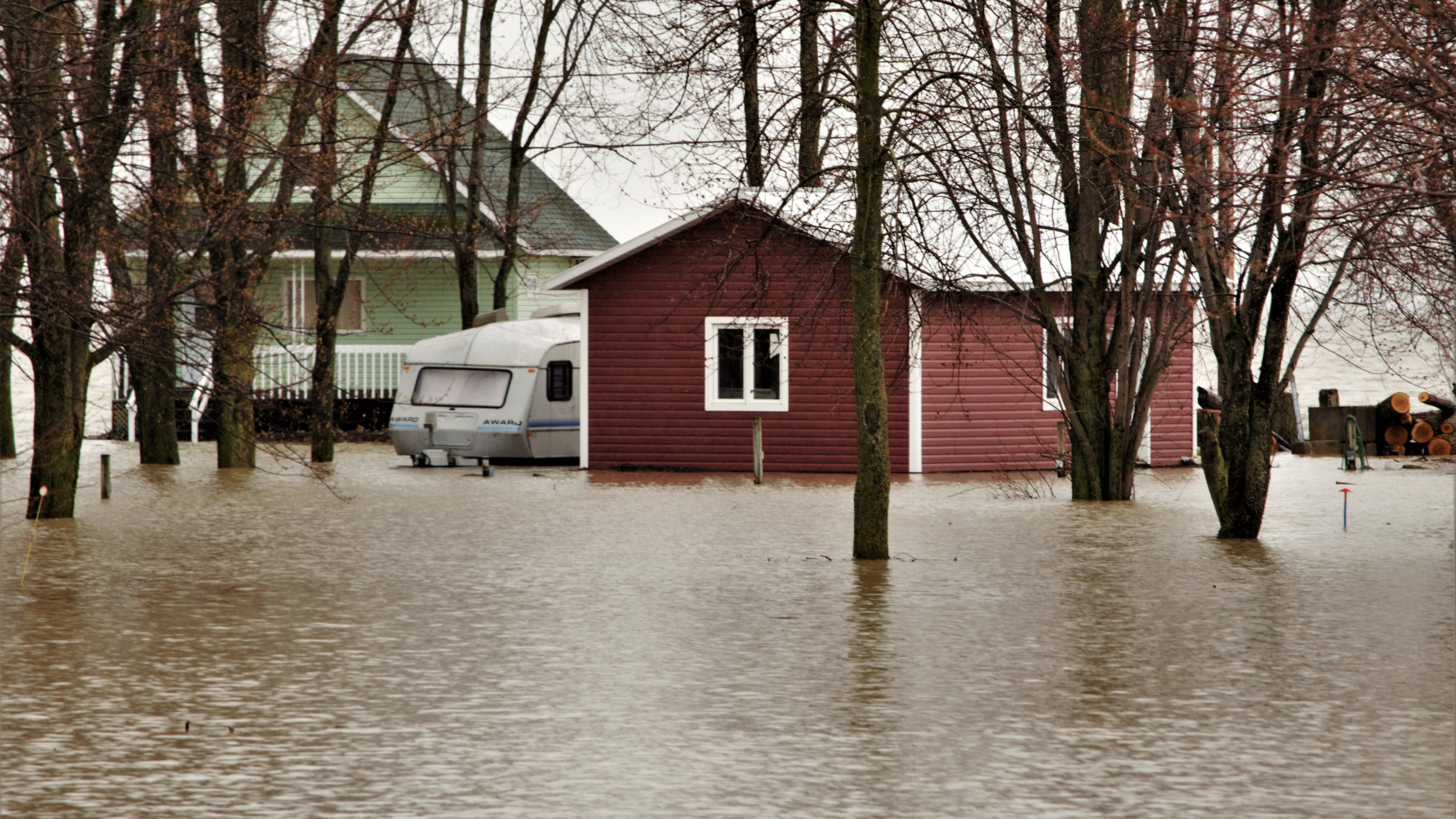Flood Insurance Myths That Could Still Be Costing Your Business Thousands
Uncover flood insurance myths! Homeowners & FEMA need to know the truth about flood coverage, the NFIP, and protecting your home.

Even in an industry as data-driven as flood insurance, assumptions and outdated practices still creep into underwriting and risk assessment. And they could be costing your agency or company serious money—either through missed opportunities, inefficient risk models, or customer dissatisfaction.
Let’s revisit some of the most persistent flood insurance myths—not for homeowners, but for professionals—and how more precise data can help debunk them.
Myth 1: “The NFIP Is the Only Tool Needed for Risk Evaluation”
Fact:
While the NFIP is the baseline, many carriers are building more nuanced models to compete in an evolving market. With climate patterns shifting and flood events becoming more unpredictable, enhanced flood intelligence (like that offered by National Flood Data) is increasingly essential for modern underwriting.
Myth 2: “Our Team Doesn’t Need Custom Data—We Use What Everyone Else Does”
Fact:
Insurance is rapidly becoming hyper-personalized. Custom data isn’t a luxury—it’s a competitive advantage. When you tailor flood data to your internal logic, thresholds, and customer experience, you’re not just assessing risk—you’re controlling it.
Myth 3: “Clients Don’t Care About Flood Maps—They Just Want a Quote”
Fact:
In reality, visual transparency builds trust. Whether your clients are agents or policyholders, being able to share intuitive maps or point to parcel-specific data during conversations makes your team look sharp—and increases close rates.
Myth 5: “Only Properties in High-Risk Areas Matter”
✅ Fact:
We know that 20–25% of claims come from outside the Special Flood Hazard Area. Elevation, proximity to base flood levels, and neighboring SFHAs all tell a deeper story. Smart insurers use this data to educate clients and build coverage where it’s needed most—not just where it’s required.
Myth 6: “Adding More Data Slows Down the Sales Process”
✅ Fact:
With the right integrations, more data doesn’t mean more friction. National Flood Data is built to be nimble—whether you need visual outputs, raw data feeds, or map overlays, the goal is always the same: help you move faster, smarter, and with more confidence.
Closing Thought:
You know your customers. We know the flood data.
When insurers move beyond the flood zone and invest in smarter tools, they’re not just mitigating risk—they’re future-proofing their business.
Want to build better flood evaluations tailored to your underwriting logic?
Explore how National Flood Data partners with insurers to deliver only the data you need, when and how you need it.
FAQ
1. What is the biggest myth about flood insurance?
The most prevalent myth surrounding flood insurance is that standard home insurance policies cover flood damage. In reality, most homeowners policies exclude coverage for flood events. This misconception can lead many to think they are protected when, in fact, they are not. Homeowners are strongly advised to buy flood insurance, especially if they live in a high-risk flood zone.
2. Does the National Flood Insurance Program (NFIP) cover all types of flood damage?
While the NFIP provides essential flood insurance policies, it does not cover all flood damage. For example, damage caused by moisture, mildew, or mold that could have been avoided with proper maintenance is generally not covered. Homeowners should understand the limits of their flood insurance coverage and consider additional options for complete protection.
3. Do you really need to live in a high-risk flood zone to need flood insurance?
Many homeowners believe that if they are not located in a high-risk flood zone, they do not need to worry about flood insurance. This is a significant misconception. Flooding can occur in moderate- and low-risk areas as well. In fact, a significant percentage of flood insurance claims come from properties outside of designated flood zones. It's essential to evaluate your flood risk and consider purchasing flood insurance regardless of your location.